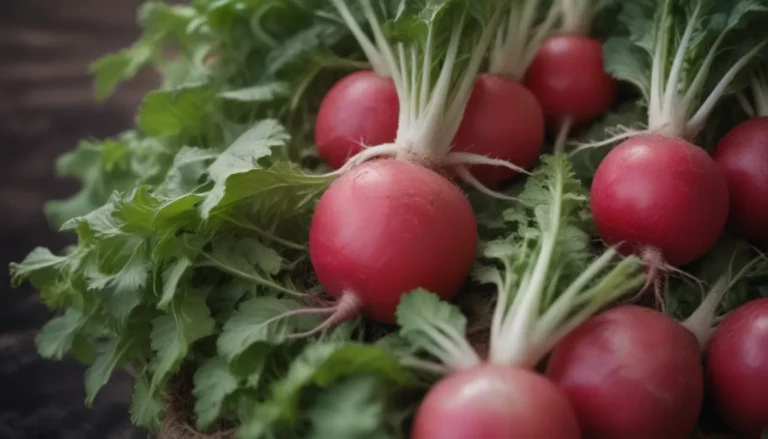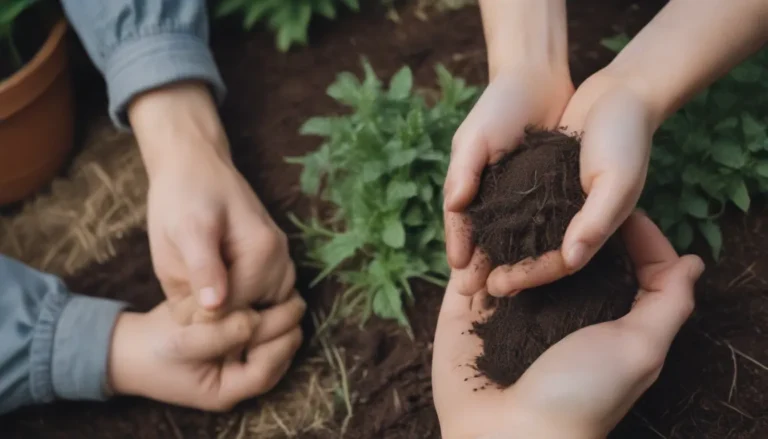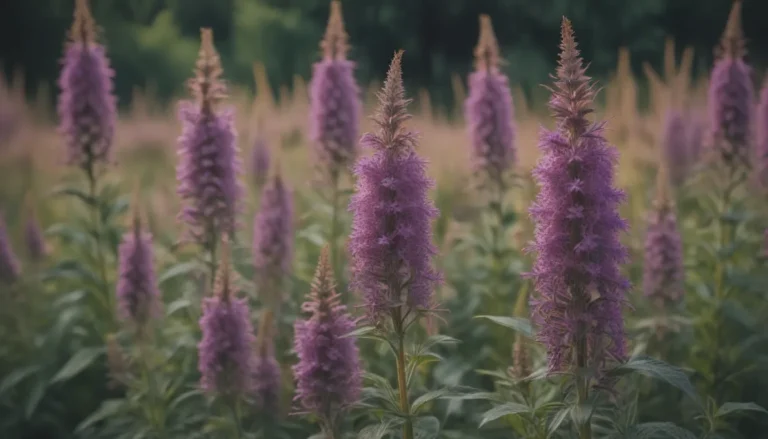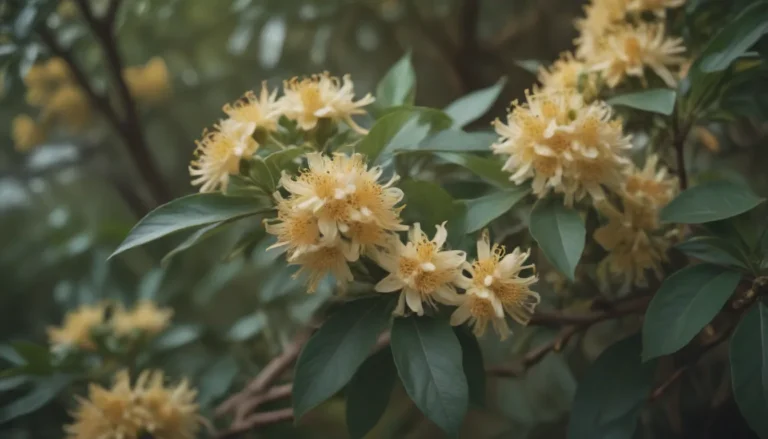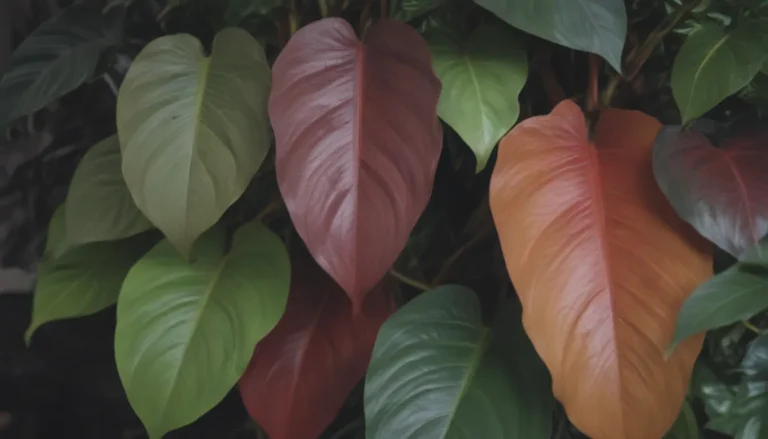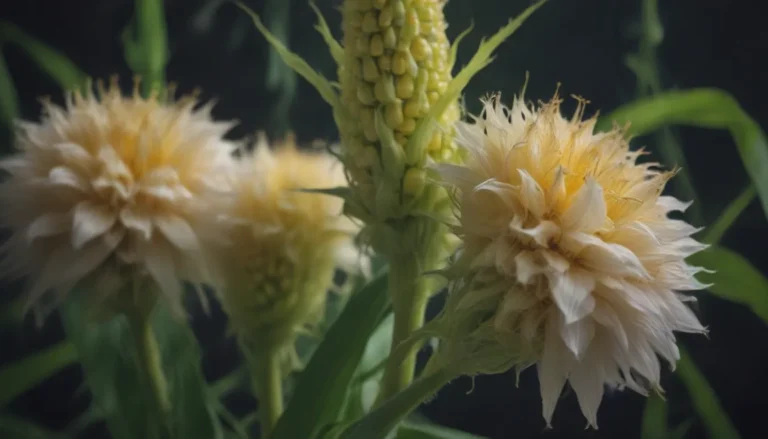Comprehensive Guide on Growing & Caring for Swamp Hibiscus
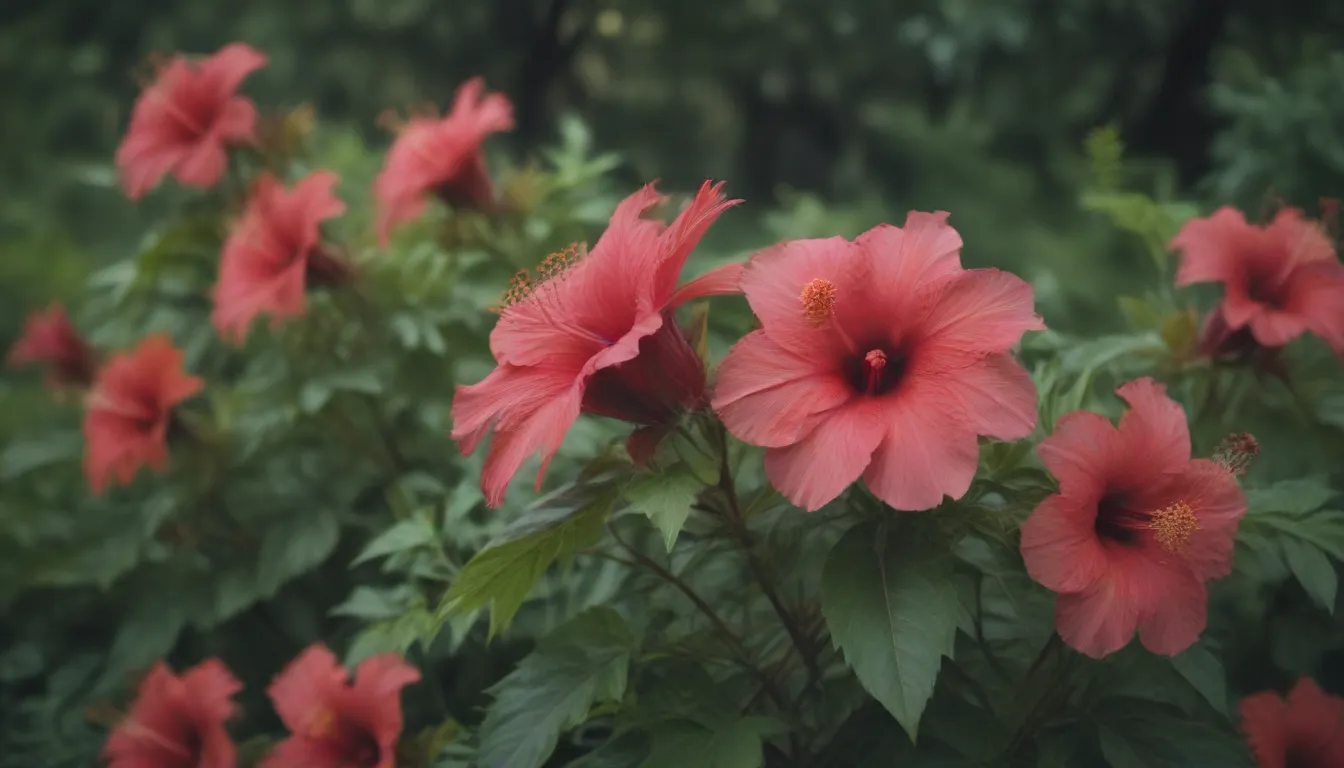
If you’re looking to add a unique and vibrant touch to your garden, swamp hibiscus (Hibiscus coccineus) is a fantastic choice. With its striking deep-red, pinwheel-like flowers and vigorous growth habit, this plant can truly make a statement in any landscape. In this comprehensive guide, we will walk you through everything you need to know to successfully grow and care for swamp hibiscus, ensuring that it thrives and flourishes in your outdoor space.
Introduction to Swamp Hibiscus
Swamp hibiscus belongs to a diverse family of over 200 hibiscus species, standing out as one of the more unusual and larger varieties. This plant is known for its strong woody stems that can reach over 6 feet tall and up to 4 feet wide. When not in bloom, its deep-green, thin, and pointed leaves might even resemble the hemp plant (Cannabis sativa). To make the most of this beautiful plant, it’s important to understand its specific care requirements.
Swamp Hibiscus Care Essentials
Here’s a breakdown of the key care requirements for growing swamp hibiscus, ensuring that your plant thrives in its environment:
Light
- Swamp hibiscus thrives in full sun or partial shade.
- In shadier positions, the plant may develop long, thin stems and less impressive blooms.
Soil
- This plant does well in sandy, loamy, or clay soils.
- It can tolerate wet soil with medium drainage, but mulching can help retain moisture in drier regions.
Water
- Keep the soil consistently moist during the growing season, from spring to fall.
- Minimal watering is needed in winter, but never let the soil dry out completely.
Temperature and Humidity
- Swamp hibiscus prefers hot and humid summers.
- Mulch in winter promotes new growth, but avoid harsh freezing conditions.
- Position the plant in a sheltered area to prevent windburn.
Fertilizer
- Apply a slow-release, balanced, and diluted fertilizer monthly during the growing season.
- Additional feedings in the spring can support plant growth.
Pruning Tips for Swamp Hibiscus
To maintain the height and health of your swamp hibiscus, consider these pruning tips:
– Cut back the stems at the end of winter to encourage new growth.
– These fast-growing plants will reach a decent height again in the following season.
Propagating and Growing Swamp Hibiscus
Swamp hibiscus can be easily propagated from cuttings or seeds, offering you the opportunity to expand your plant collection:
– Look for a plant with multiple stems for cuttings.
– Propagate from seeds by collecting mature seeds and storing them until early spring.
Potting and Overwintering Tips
Swamp hibiscus can thrive in pots, making it a versatile plant for different garden settings:
– Use good quality potting soil to maintain consistent moisture.
– In cooler regions, provide winter mulch for outdoor survival and limit watering during cool months.
Dealing with Pests and Diseases
While swamp hibiscus is a hardy plant, it can still face issues such as pests and diseases:
– Control aphids with water spray or insecticidal soap.
– Address fungal diseases like rust by pruning affected areas.
Encouraging Blooms and Troubleshooting Common Issues
To ensure your swamp hibiscus blooms abundantly and stays healthy, consider these tips:
– Provide adequate sun, humidity, and moisture for optimal blooming.
– Address yellowing or dropping leaves by adjusting water levels, temperature, and light exposure.
Making the Most of Your Swamp Hibiscus
Swamp hibiscus is a versatile plant that can enhance various garden settings:
– Plant around ponds, in shallow water, or along walls for a striking visual impact.
– With proper care, swamp hibiscus can live up to 10 years, rewarding you with its stunning blooms and foliage.
In conclusion, caring for swamp hibiscus doesn’t have to be complicated. By following these guidelines and providing the right conditions, you can enjoy the beauty and resilience of this remarkable plant in your garden. With a little effort and attention, your swamp hibiscus will thrive and become a cherished addition to your outdoor space.
